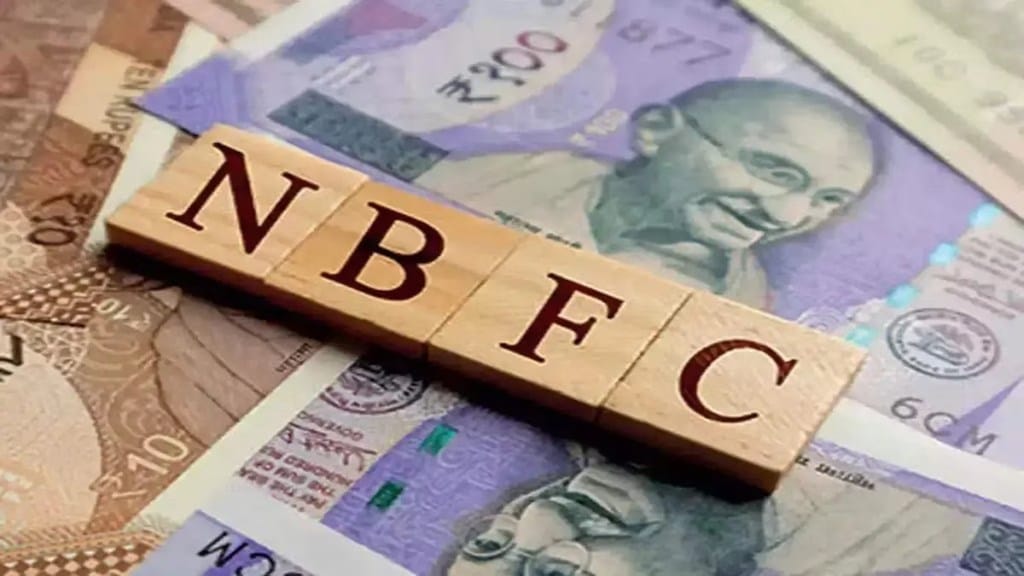Net external commercial borrowings (ECBs) rose more than five times to $18.7 billion in FY25, compared with $3.6 billion a year ago, the Reserve Bank of India’s (RBI) annual report for 2024-25 showed.
The appetite for overseas loans was caused by a decline in costs of foreign funds, and lenders, especially non-banking financial companies (NBFCs), increased tapping this market after the central bank revised the capital norms in 2023.
Data from the annual report show that 45.3% of total inflows were used for on-lending/sub-lending and 16.3% for refinancing earlier ECBs. Just 10% of total inflows were utilised for new projects and around 6% for working capital needs.
The easing of monetary cycles, especially in advanced countries, has made ECBs an attractive option for NBFCs. The continued decline in the secured overnight financing rate since August 2024 has contributed to a reduction in the overall cost of ECBs. In January this year, the overall cost of ECBs declined by 129 basis points compared with the corresponding period of the previous year, data showed.
The RBI’s decision in November 2023 to increase risk weights on bank funding to NBFCs prompted them to diversify funding sources. Even below ‘AA’- rated NBFCs were able to raise funds from the offshore market.
Madan Sabnavis, chief economist, Bank of Baroda, said net ECBs increased as interest rates were high in India and relatively lower overseas. “NBFCs accessed those markets more after capital norms were revised. Besides NBFCs, companies used the same for refinancing purposes.”
Gaura Sengupta, chief economist, IDFC First Bank, said the rise in net ECB inflows reflects a move among borrowers, especially NBFCs, to diversify sources of funding.
Anitha Rangan, economist, Equirus Securities, said the rise in ECB was primarily driven by a moderating external rate environment, not just in the US. “Indian issuers are using the opportunity to diversify and get more foothold in the external credit environment at a time when the Indian economy is showing very strong signs of resilience.”

